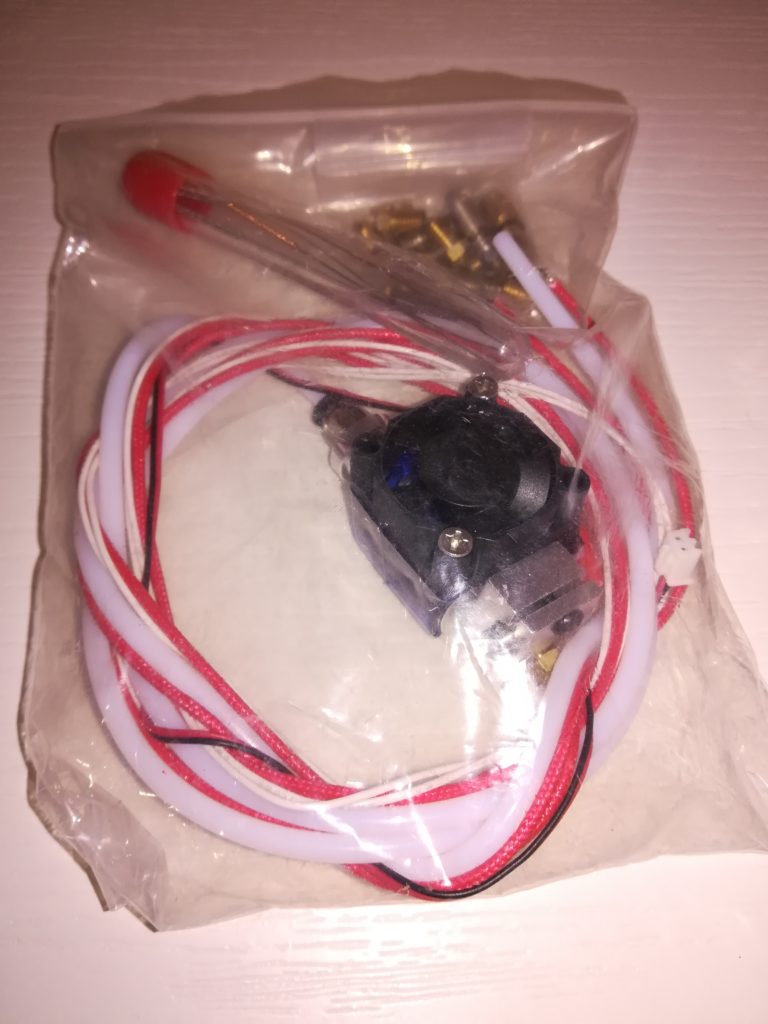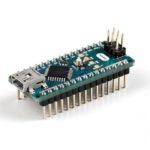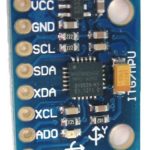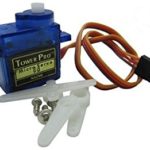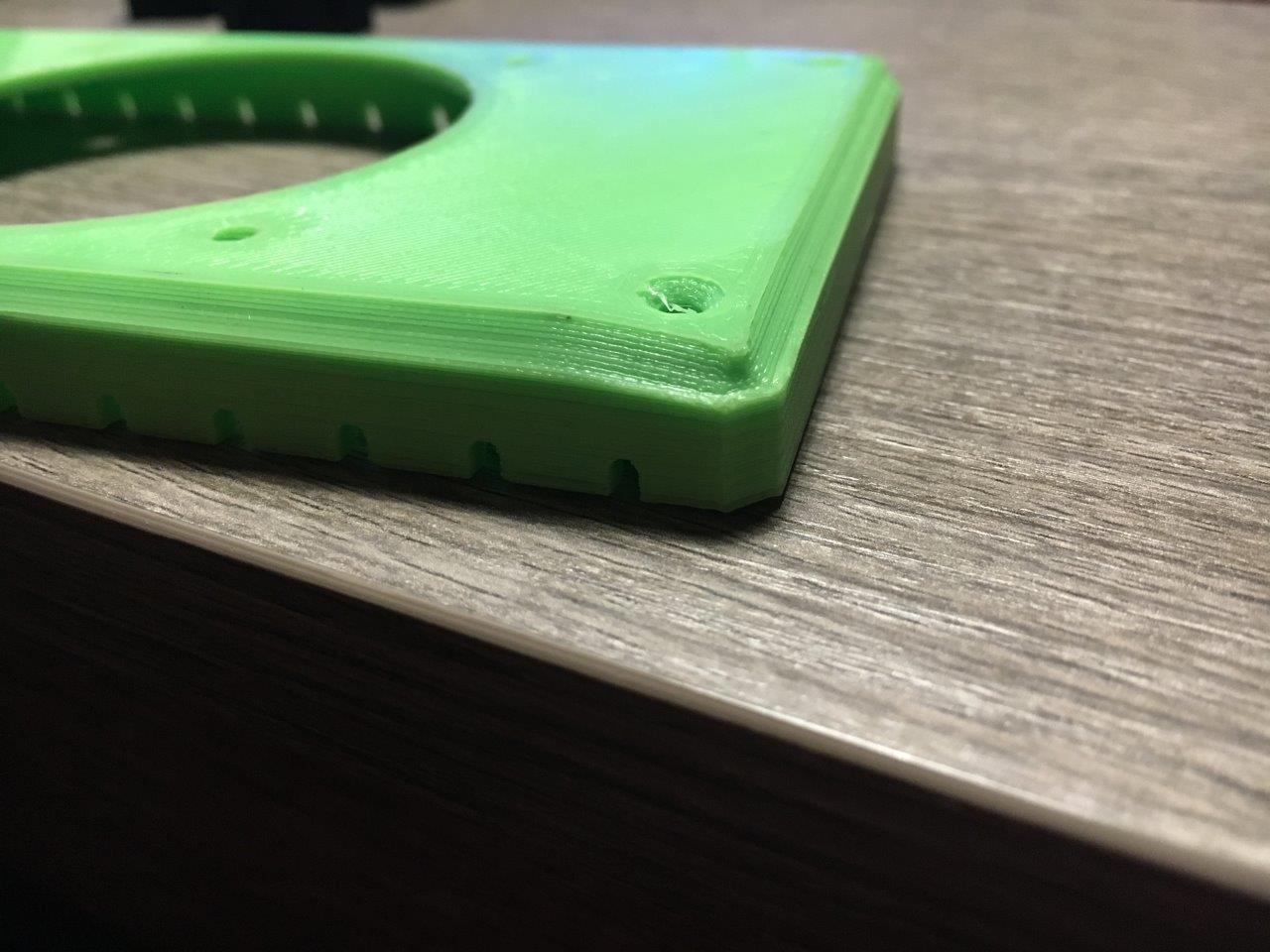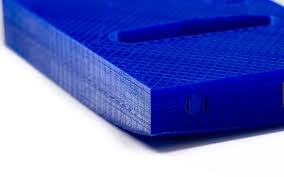What is warping? warping is that defect that is sometimes created in our prints due to a characteristic of the materials we use for our 3d prints whether it is PLA, ABS, PTFE etc etc and which in practice consists in the enrichment of the ends of the bases of the our 3d prints.
Let’s see better ….
Like most existing materials, plastic, of any kind, undergoes changes in volume due to thermal variations. When we go to heat the filament in our hotend, in addition to changing from a solid state to a fluid one, it undergoes a volume variation that can affect the result even in a quite evident way. This not only happens when it heats up but also when it gets cold, naturally with the opposite consequence and with different characteristics depending on the material used.
Now let’s think about a piece with a fairly wide base and see what happens at the time of the first layer. The heated filament, for example at 210 °, is deposited on a much colder surface undergoing a thermal alteration which varies its dimensions by decreasing them. The second layer built on the first will have a warmer base than the first and therefore will undergo a different thermal shock and so on the third and fourth layer.
PLA, ABS, PTFE …. all the same?
Continue reading warping →
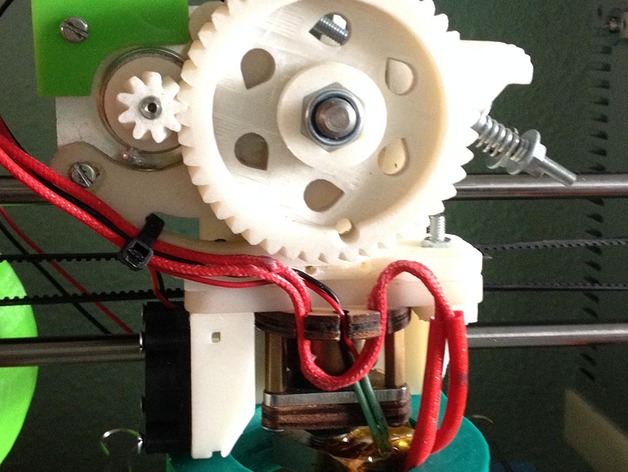
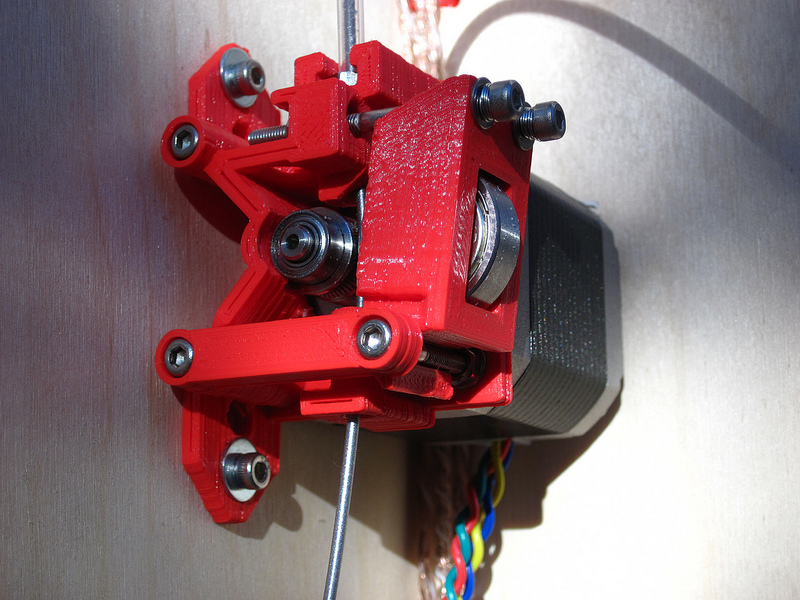 Continue reading wade and bowden extruders
Continue reading wade and bowden extruders 

